Chmod Linux Command Example
Now, let us see how chmod command can be used to change the access mode of a file.

Chmod linux command example. Use the syntax below. In this method, you make use of the –reference=ref_file option to set the permissions of a file to be the same as those of another reference file. After that, you will be able to run it without using the sh or bash commands.
Sets the permission for owner, group and others with octal values , 4 for read , 2 for write , 1 for execute and. Now if we use chmod, it does not allow to modify root permission # chmod -c --recursive 755 / chmod:. Chmod command is useful to change permission for Files and folders in Linux/Unix.
Even, it ignores the symbolic links come across recursive directory traversal. It takes the following syntax:. For example, to set file permissions of file2.txt to be the same as those of file1.txt run the command:.
If you want to check chmod command version then you need to use chmod --version command as shown below. Finally, we can bundle it as an executable file that can be run from terminal or command line. Chmod go-rx ~ As you can see, a + sign used with `chmod' adds accessibility and a - sign takes it away.
It’s a same as using your mouse to right-click a file or folder and selecting the permission tabs and. For detailed online information about the `chmod' command, enter. The chmod command in Linux is used to change file and directory permissions using either text (symbolic) or numeric (octal) notation.
The chmod command is used to define or change permissioins or modes on files and limit access to only those who are allowed access… It changes the mode of each FILE to MODE…. Chmod -R a+rwx,u-x,g-rwx,o-rwx folder_name. Conclusion # You successfully learned how to use chmod command to set or change the file and directories permissions using either the symbolic or numeric mode.
For example, for read and execute, it is 4+1=5. Chmod command is used in two ways :. It takes the following syntax:.
You can do the same in symbolic mode. The commas separate the different classes of permissions, and there are no spaces in between them. Sudo chmod -R 755 Example The command gives read, write, and execute privileges to the owner (7) and read and execute access to everyone else (55).
To change the permissions of the file participants so that everybody has full access to it, enter:. To use this method you have to remember below Rules and Numbers for proper use. Provide the new group name as its first argument and the name of file as the second argument like this:.
To have combination of permissions, add required numbers. Owner, group, and everyone. Unix/Linux chmod command examples to Change File Permissions.
In this tutorial, we will discuss the basics of this command as well as provide examples explaining how it can be used in various scenarios. The chmod command allows you to change the permissions on a file using either a symbolic or numeric mode or a reference file. The Linux command to change permissions on a file or directory is chmod, which we like to read as change file mode.
$ sudo chmod –reference=ref_file filename. -rw-rw-r-- mik mik assgn1_client.c COMMAND:. Extra chmod command options.
OR use the symbolic CHMOD Command:. Let us take an example where a file test_file.txt has full permission to the owner, group and other. The command chmod a+rwx is equivalent to chmod ugo+rwx.
What is chmod Linux command. To learn more about cat command, read:. In Linux / Unix systems, accessibility to files and directories is determined by file ownership and permissions.
It is dangerous to operate recursively on '/' chmod:. File/Directory permission is either Read or Write or executable for either user or group or others. The version of chmod bundled in GNU coreutils was written by David MacKenzie and Jim Meyering.
OR use the symbolic CHMOD Command:. Chmod ( Change Mode ) is a command line utility in Unix , Linux and other Unix like systems to change the read, write, execute permissions of a file for owner , group and others. Use comma to separate the multiple permission sets as shown below.
Following are the examples of chmod commands in Linux explained in detail. This section provide description about sudo command, su command and chmod command, with the help of these commands you can give/take permission of files(s)/directory(s). It stands for change mode.
$ chmod 777 file.txt (or) $ chmod ugo+rwx file.txt Give execute privilege to user. With the concepts mentioned in this article, you are equipped with sufficient knowledge to handle permissions in Linux-based distros. Using octal value & position:.
Verbose Changes Silent Default. It’s usually used when installing and configuring various services and features in a Linux system. Verbose Changes Silent Default.
For Example, if you want to give Read & Write permission to User/Owner and Read permission to Group & Others using Alphabetical way then the command would be:. In Linux, you will often need to make use of the chmod command. This type of restriction is useful for effective file/folder management, securing system and providing a level ….
Use --no-preserve-root to override this failsafe Linux Permissions Syntax. Using the “=” operator means we wipe out any existing permissions and then set the ones specified. Let’s change the assgn1_client.c permission so that the owner cannot write(w) in the file but can only read it.
Linux chmod command is one of the most commonly used commands especially by system administrators when assigning modifying file and folder permissions. $ chmod a+r sample.txt Make a file readable and writable by the group and others. The first 7 sets the permissions for the user, the second 7 sets the permissions for the group, and the third 7 sets the permissions for everybody else.
Let’s check the new permission on this file:. Chmod Command using Operator Method. Changing permission to a single set.
It is possible to use these features on directories of all levels and all files within those directories, individually or as a group. The letters u, g, and o stand for "user", "group", and "other". Setuid Setgid Sticky Bit.
Linux Chgrp Command for Beginners (5 Examples) Chmod. Linux chmod command tutorial for beginners. One example is chmod u=rwx,go=rx,o+t.
Use the octal CHMOD Command:. Chmod u=r assgn1_client.c AFTER:. In this tutorial, I am going through the steps to create a bash script and to make the script executable using the chmod command.
It can not change the permission of symbolic links. Deny execute permission to everyone. Chmod 700 -R directory.
# alias chmod='chmod --preserve-root' and also add this to your /etc/bashrc or individual user's .bashrc file for permanent changes. The command is relatively simple to use and involves using. For example, for read and write permission, it is 4+2 = 6.
Extra chmod command options. Chmod -R 600 folder_name. We want the user dave to have read and write permissions and the group and other users to have read permissions only.
We have already described the Linux file permissions. Before explaining the syntax of the chmod command, you need to look at the cryptic way Linux reports file permissions. Actually, chmod Command in Linux plays a greater role to keep all the files and directories of the system safe and secure so that no unauthorized person.
Chmod Recursive # The chmod command allows you to change the permissions of files using symbolic or numeric mode. The syntax of chmod command is. + symbol means adding permission.
Add multiple permission to a file/directory. 13 Useful Cat Command Examples on Linux. The first step is to create a new text file with .sh extension using the following command.
Linux from the terminal $ chmod +x myscript.py $ ./myfile.py. Code for creating a python executable file. Linux chmod command is used to change the access permissions of files and directories.
Use the octal CHMOD Command:. We can do using the following command:. The equals sign ("=") means "set the permissions exactly like this," and the letters "r", "w", and "x" stand for "read", "write", and "execute", respectively.
Chmod stands for “Change Mode” and is used to modify the permissions of files and directories in a Linux based system. How to use chmod?. The command can accept one or more files and/or directories separated by space as arguments.
Several symbolic methods are equivalent;. Recursive Preserve-Root Reference File. Chmod is a great Linux command for manipulating file and directory permissions.
A chmod command first appeared in AT&T Unix version 1. For example, if you have a binary file (say helloWorld), and you want to make it executable, you can run the following command:. Setuid Setgid Sticky Bit.
Linux chmod command is used to change access permissions of files and directories. Linux Operating System- sudo, su and chmod commands. The chmod command lets you change the permissions for a Linux file.
In the example above, the permission is defined using the octal/numerical mode (755). If you are new to Linux, and are looking for a way to change file/directory permissions through the command line, you'll be glad to know there exists a command - dubbed chmod - that lets you easily do this. How to check chmod command version.
4 – To give Read Permission 2 – To give Write Permission 1 – To give Execute Permission. Chmod Permissions for chmod 754. -r--rw-r-- mik mik assgn1_client.c Before :.
To recursively operate on all files and directories under a given directory, use the chmod command with the -R, (--recursive) option. The chmod Linux command is used to change the access mode (aka file system permissions) of one or more files (or directories) only the owner or a privileged user may change the mode. As you can see from below output current chmod version is 8.22.
For example, if you want the owner to have all the permissions and no permissions for the group and public, you need to set the permission 700 in absolute mode:. Chmod Linux Command & Examples. Recursive Preserve-Root Reference File.
7 Chmod Command Examples for Beginners 1. In a previous article, we looked at how to manage file & directory ownership using the chown command. Using chmod command is very easy if you know what permissions you have to set on a file.
Chmod command in Linux is used to change or assign permissions on files and directories. To check the options that are available in chmod, we can do by using Linux command:. Chmod -R 754 folder_name.
Now run following commands to see how chmod command changes permission type in supplied level (as first argument). $ chgrp tecmint users.txt chmod Command. $ chmod OPTIONS MODE filename.
To change permission using the Linux chmod command we have to follow some syntax and rules. This example uses symbolic permissions notation. Examples of chmod Command in Linux.
For example, this command will find files that have open write permissions, and set them to read-only:. Chmod command practical example. Linux file permission is a very important aspects in terms of security issues for the system administrator of Linux Operating System.
This command will do the trick:. Add single permission to a file/directory. Chgrp command is used to change the group ownership of a file.
Chmod options mode filename. Here in the above, the numbers in the brackets represents the numeric values for the corresponding permissions. Chmod has two operating modes:.
Like many other Linux commands, chmod has a recursive argument, -R, which allows you to operate on a directory and its contents. Create a test file named test-file and note down its default permission. As systems grew in number and types of users, access control lists were added to many file systems in addition to these most basic modes to increase flexibility.
Chmod command or “change mode command”, and as that name implies, the chmod command is used to change the mode of Unix/Linux files.In other words its used to define the way a file can be accessed. $ chmod u+x samplescript.sh. Chmod command is used to change access permission of files and directories in Linux operating systems.chmod stands for change mode.Access permissions specify whether a user account or group can read, write, or execute a given file and directory.
In this article, you will learn how to change permissions of any file or directory with chmod command. $ chmod a-x sample.txt Allow read permission to everyone. $ chmod go+rw sample.txt Make a shell script executable by the user/owner.
Chmod Permissions for chmod 600. 40 Best Examples of Find Command in Linux. Find / -type f -perm 777 -print -exec chmod 744 {} \;.
Windows 10 (create standalone exefile) 1.pip install pyinstaller (if not already installed) 2.Go to the folder where .py is present. Chmod Linux command Syntax. Linux File Permission :.
The chmod command in Linux/Unix is abbreviated as CHange MODe. What is chmod ?. By using this command, we can set the read, write, and execute permissions for all three of the permission groups (Owner, Group and Other) in Linux.
The chmod command has also been ported to the IBM i operating system. The chmod command stands for change mode… and it’s used to limit access to resources…. Creating a Bash File.
The letter a is a shortcut to assign permissions to all users. 3 chmod Examples Give read, write and execute to everybody (user, group, and others) read, write and execute = 4 + 2 + 1 = 7. Chmod Command in Linux Linux File Permission Introduction to Linux File Permission.
We will explain the modes in more detail later in this article. You can also use chmod as the -exec option for find, which lets you change file permissions throughout the system. Chmod -R a+rwx,g-w,o-wx folder_name.
The chmod command lets you change access permissions for a file. Basic “chmod” Command examples in Linux. In this tutorial, we look at the chmod.
Chmod u+rw,g+r,o+r Filename Numerical Way :. Linux grants three different types of permissions — read, write, and execute — for three different scopes:.

Linux Chmod Command Utility Software Computer File
.png)
File Permissions In Linux Unix With Example

How To Use Chmod Command In Linux Explained With Examples
Chmod Linux Command Example のギャラリー

Linux And Unix Chmod Command Tutorial And Examples Xsofthost

Chmod Command In Linux File Permissions Linuxize

How To Use Chmod And Chown Command Nixcraft

Linux Terminal File Permissions Chmod Chown And Chgrp Youtube
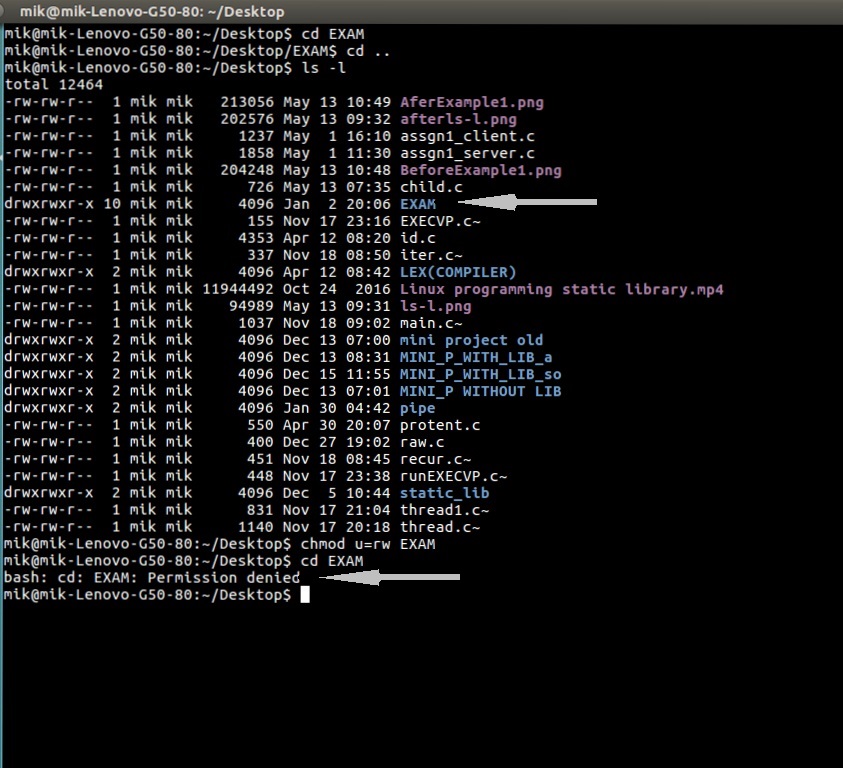
Chmod Command In Linux With Examples Geeksforgeeks

11 Popular Unix Linux Chmod Command Examples To Change File Permissions Cyberithub

Chmod 777 In Terminal The Command To Make All Changes Affect Every File And Folder Ask Ubuntu
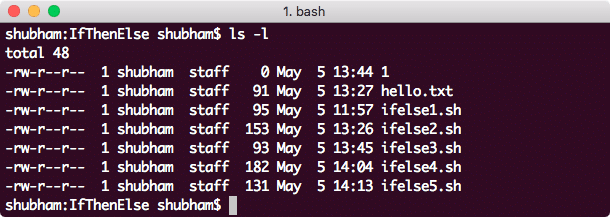
Linux Chmod Example Linux Hint

How Did The Number 777 In Chmod 777 Come Out Under Linux Laptrinhx
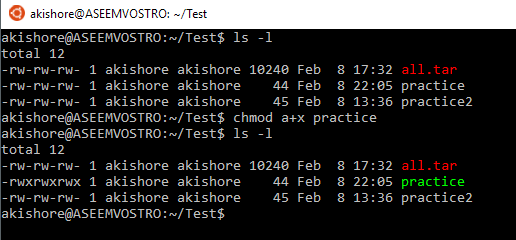
Understanding Linux Permissions And Chmod Usage

Chmod 777 755 655 644 And More Permissions Linux Files Tutorials

Linux File Permissions Complete Guide Devconnected

How To Change Directory Permissions In Linux Pluralsight

Linux Unix Changing Permissions With Chmod Vinish Kapoor S Blog

Linux Chmod Command Help And Examples

Chmod Recursive Change Permissions Recursively On Files Folders

Linux Unix Permissions And Attributes Linuxsecrets

Linux Commands Cheat Sheet Linux Training Academy
Chmod Cheatsheet Linux

Linux Commands Most Important Linux Commands Edureka

Chmod Command Examples In Unix Linux Lpi Central

Best Linux Chmod Command With Examples It Smart Tricks

Linux Chmod Command Javatpoint

Numeric Permissions Table Linux Chmod Command Linux Permissions

Linux File Permission Javatpoint
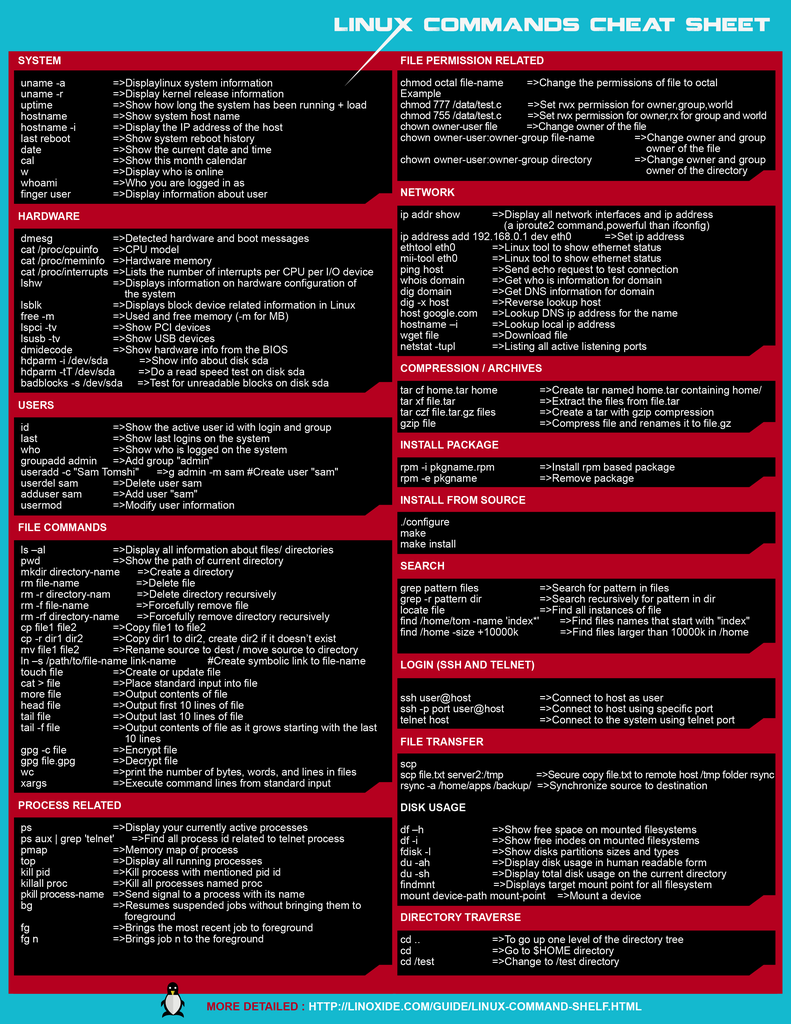
How To Create Write A Simple Sample Linux Shell Bash Script 5 Steps Instructables
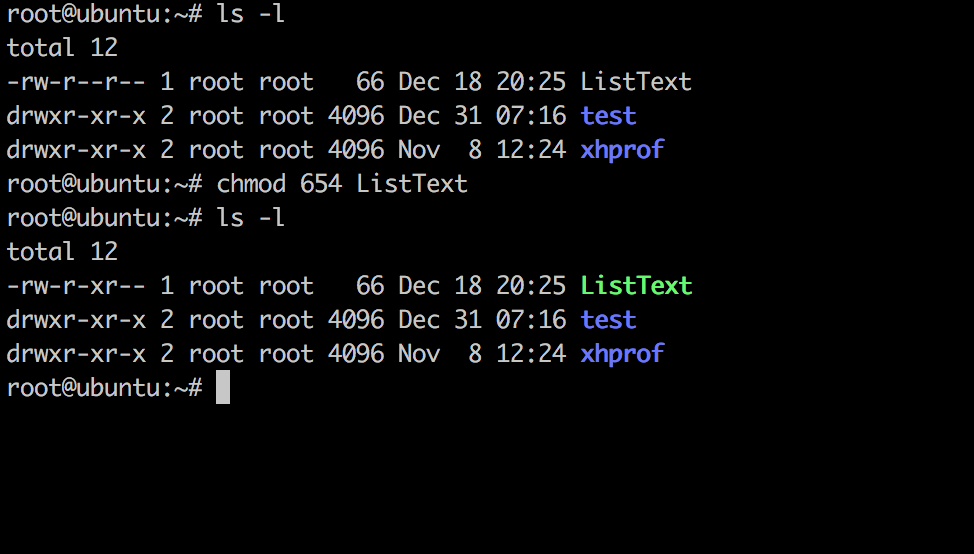
Linux Chmod Command Linuxfordevices

Modify File Permissions With Chmod Linode

Change File And Folder Permission On Ubuntu Chmod Chown Command In Linux Youtube

Learning The Shell Lesson 9 Permissions

Permissions In Linux Geeksforgeeks

Chmod Chown Wsl Improvements Windows Command Line
:max_bytes(150000):strip_icc()/i7guGwCYcn-34e068e148ae4e918b29c86cd2d5740e.png)
Configuring Unix Linux File And Directory Access Rights

Chmod Recursive Change Permissions Recursively On Files Folders
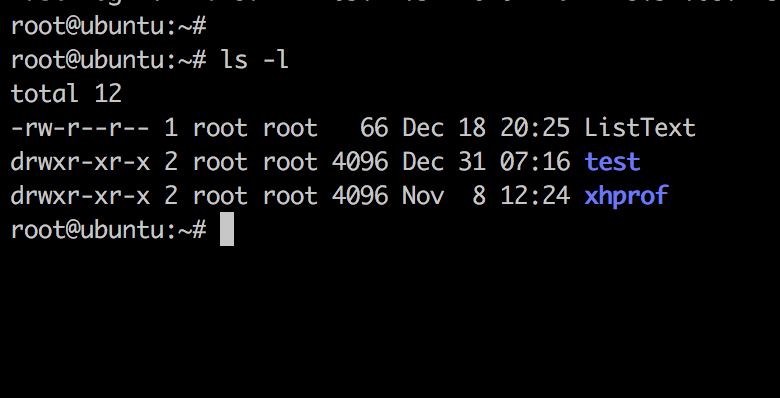
Linux Chmod Command Linuxfordevices
How To Create A Read Only File In Your Home Directory In Unix Quora

Chmod Wikipedia
Your Own Linux Chmod Basics Of Files Directories Permissions And Use Of Chmod

Introduction To Linux File Permissions Attributes Chmod Globo Tech
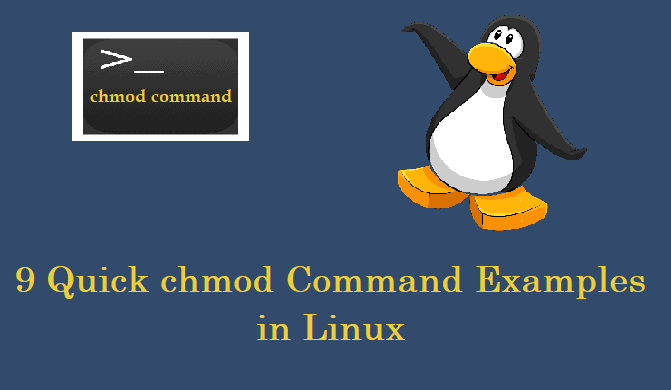
9 Quick Chmod Command Examples In Linux

9 Quick Chmod Command Examples In Linux
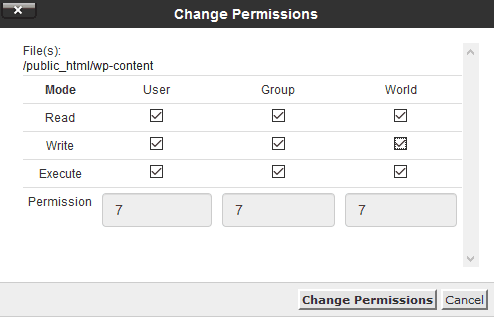
What Is Chmod 777 How To Change File Permissions For Linux Tech Ninja Pro

Chmod Command In Unix Learn Unix Online Fresh2refresh Com

How To Use Chmod Command In Linux Explained With Examples

7 Examples Of Command Chmod On Linux And Explanation

8 Linux Chmod Command Examples To Understand It The Linux Juggernaut

Chmod Recursive Change Permissions Recursively On Files Folders

Chmod Ftp File Permissions Stadtaus Com

Linux Chmod Chown Syntax And Chmod Chown Examples

How To Chmod Files Only On Linux
Q Tbn 3aand9gcq1nsq3kxri7ryrifobs2rfobawbv4hezfw9 Ldf4feblahyn09 Usqp Cau

Chown Command In Linux Unix Explained With Examples The Linux Juggernaut

How To Change File Permissions Recursively With Chmod In Linux

Solved File Permissions In Linux Can Be Set Using A 3 Dig Chegg Com

How To Use Chmod Command In Linux Explained With Examples
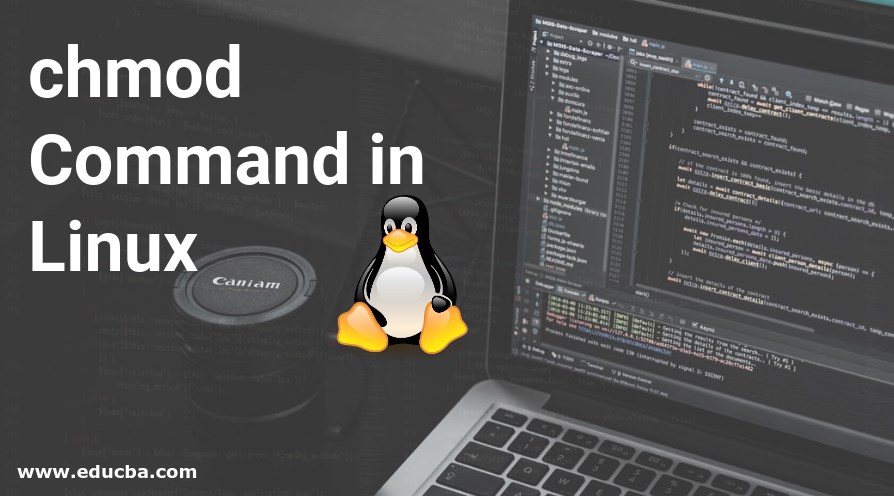
Chmod Command In Linux Operators Used In Chmod Command

Linux File Permissions Tutorial For Beginners

Chmod Command

Restore Executable Permission To Chmod Command In Linux Ostechnix
Q Tbn 3aand9gcs J72hjomdluhqe6xjivy M6yrjmkqx9x3z3ps Rpnb8by3w7z Usqp Cau

Linux Ftp Command Examples

How To Chmod Files Only On Linux
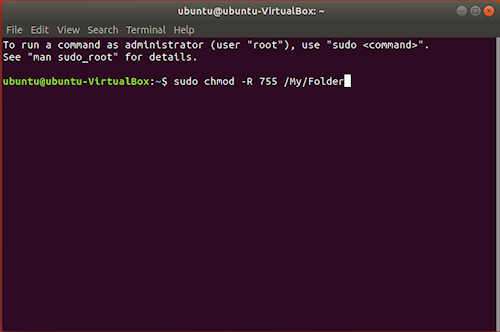
Introduction To Linux File Permissions Attributes Chmod Globo Tech
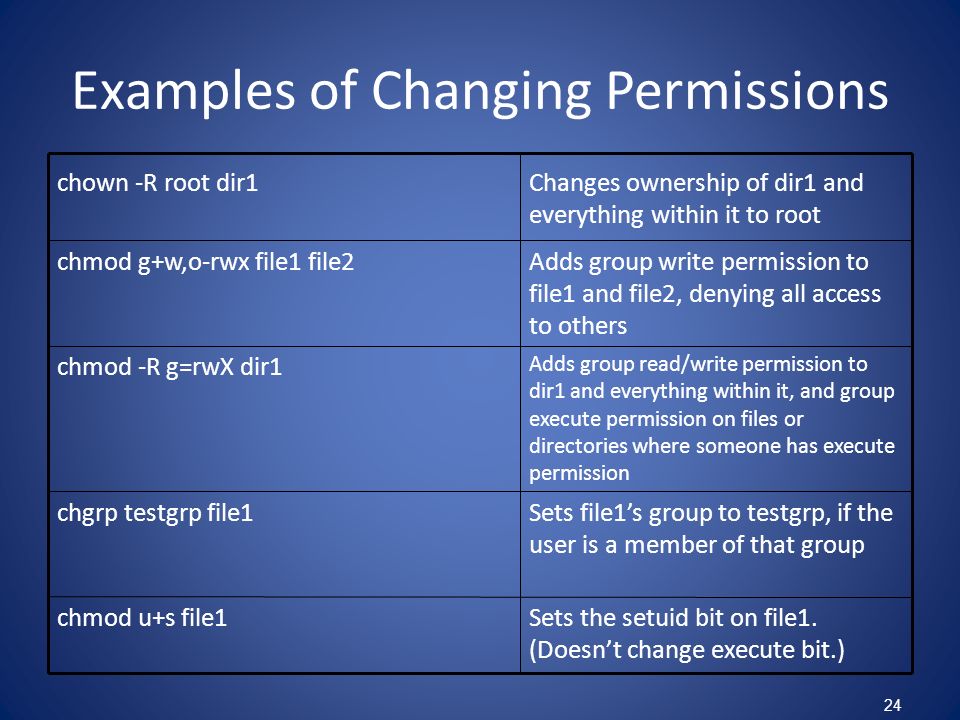
Permissions Why Use Chmod Instead Of Chmod U Rw Go R Unix Linux Stack Exchange

Linux Chmod Chown Syntax And Chmod Chown Examples

Use Of Chmod Command In Linux Devopsdex

How To Run Sh File In Linux How To Use Linux
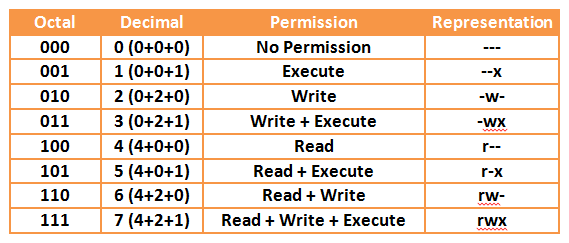
Your Own Linux Chmod Basics Of Files Directories Permissions And Use Of Chmod
Q Tbn 3aand9gcr2lfpzbutqythmvbwafnxvyggqfj7hnw6fhh Kcozkk8m5 V7o Usqp Cau
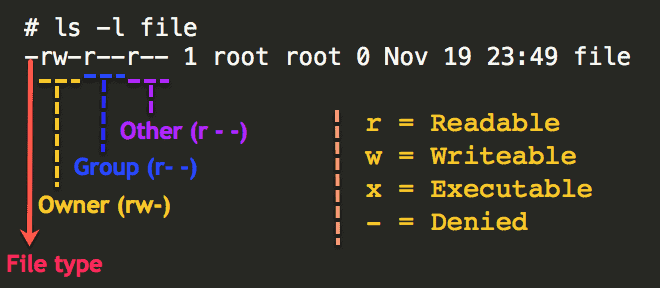
Understanding Basic File Permissions And Ownership In Linux The Geek Diary

How To Use The Chmod Command On Ubuntu 16 04 18 04 With Examples Website For Students
.png)
File Permissions In Linux Unix With Example

Linux Chmod Command Clearly Explained Codedodle

Chmod 777 Or 755 Learn To Use Chmod Command With Examples
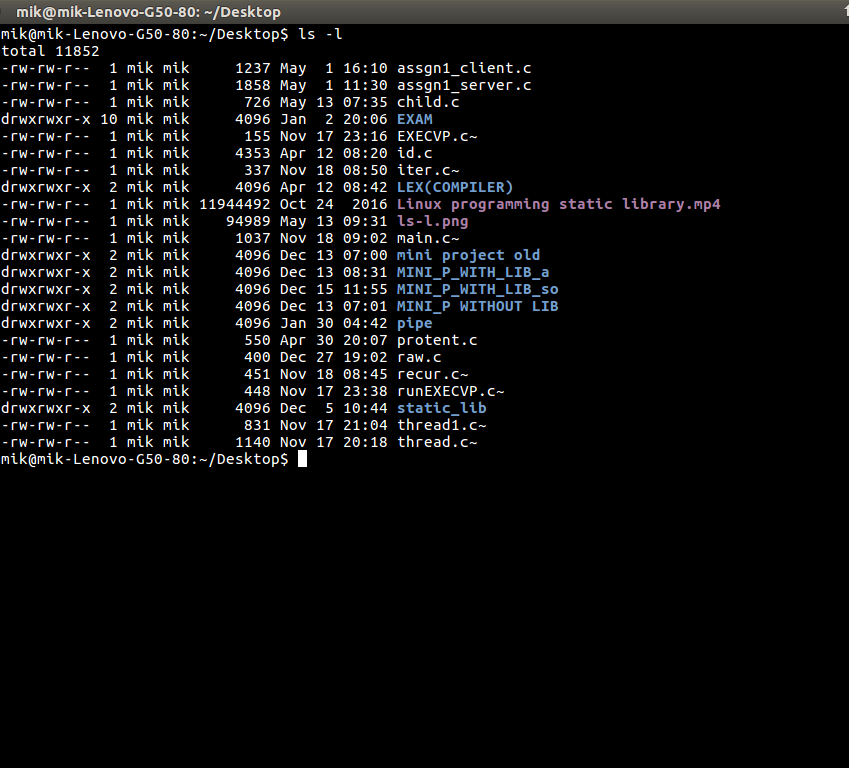
Chmod Command In Linux With Examples Geeksforgeeks

Linux File Permissions Tutorial How To View And Change Permission
Q Tbn 3aand9gcs Trmaopb41lzfo2wl Mi6olorurkywaddbudhnw Ne1mor3ct Usqp Cau

Chmod Command In Unix Unix File Permissions Chmod With Examples Chwn Command Chgrp Command Unmask

How To Use The Chmod Command On Linux
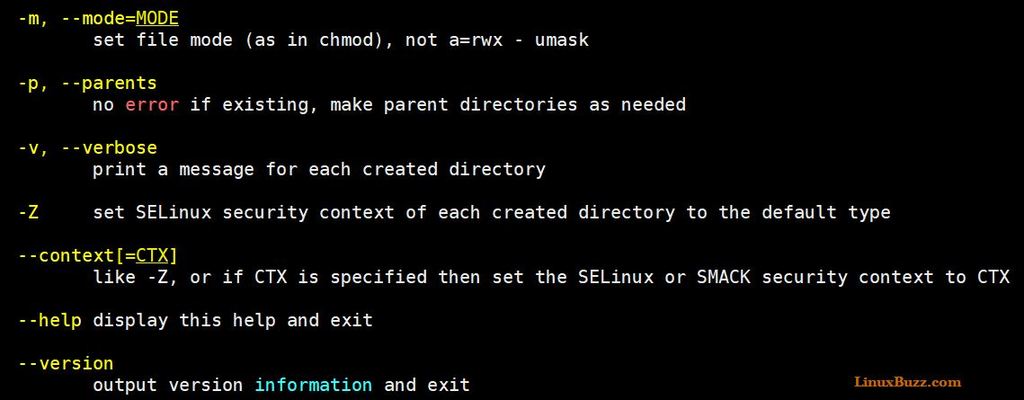
8 Useful Mkdir Command Examples For Linux Users

Chmod 777 755 655 644 And More Permissions Linux Files Tutorials

What Did We Do When We Were Chmod 777 Develop Paper

Chmod 777 What Does It Really Mean Make Tech Easier

Linux Commands 5 File Permission Chmod Youtube

How To Change Directory Permissions In Linux Pluralsight
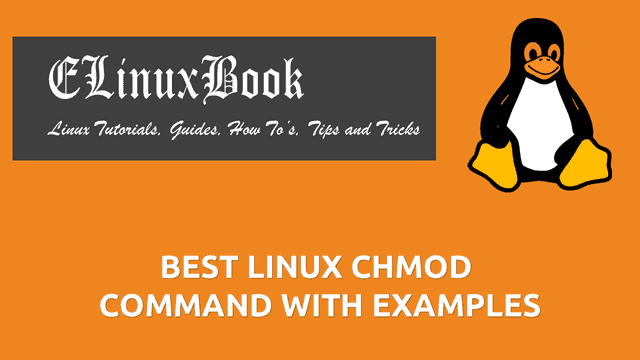
Best Linux Chmod Command With Examples
/GettyImages-1021092796-ea8c63ee76f84bd5bf98c4222337fbb4.jpg)
How To Use The Chmod Command In Linux
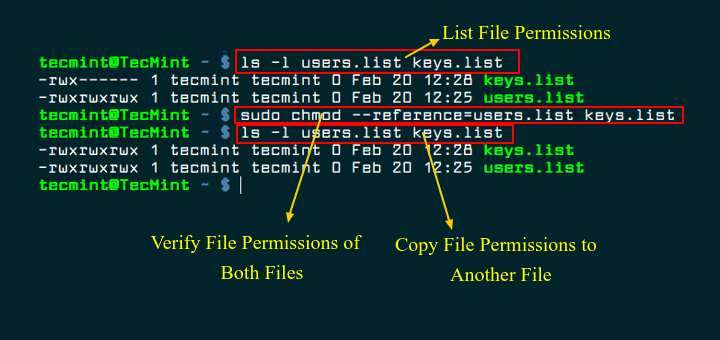
How To Copy File Permissions And Ownership To Another File In Linux
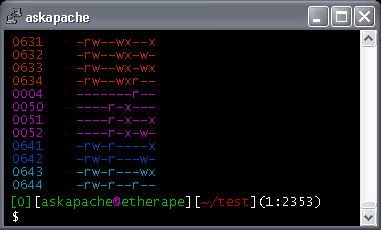
Chmod Umask Stat Fileperms And File Permissions

How To Use The Chmod Command On Linux

How To Use Chmod And Chown Command In Linux

Pin By Dr Stefan Gruenwald On Cheatsheets Computer Science Programming Learn Javascript Linux Operating System

Javarevisited 10 Example Of Chmod Command In Unix Linux
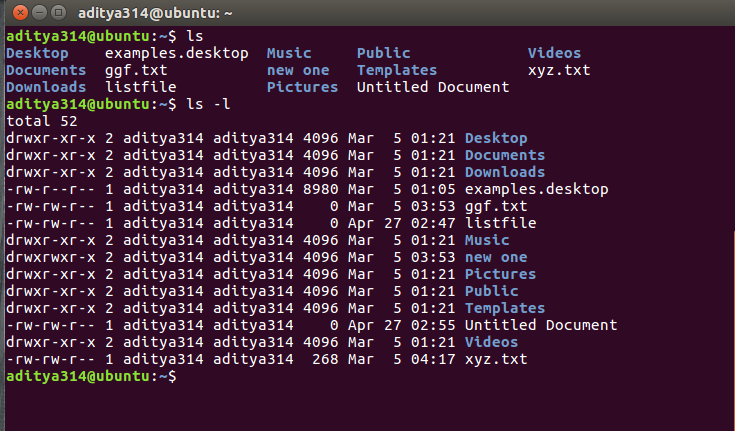
Permissions In Linux Geeksforgeeks
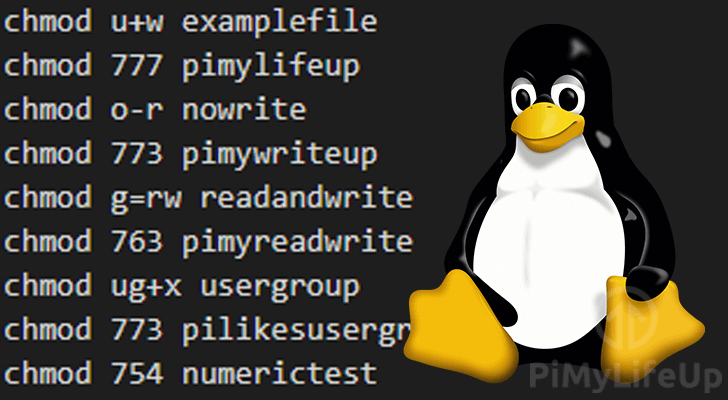
The Basics Of The Chmod Command Pi My Life Up

Linux Permissions Guide Plex Support

Linux Chmod Command Tutorial With Examples To Change Permission Of Files And Folders Poftut

Explained How To Use Chmod Command Complete Guide Youtube

Restore Executable Permission To Chmod Command In Linux Ostechnix

How To Use Chmod Command In Linux Explained With Examples
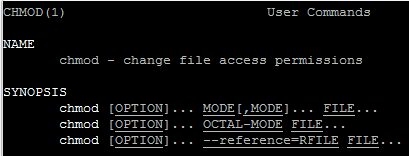
Chmod Command In Linux Alien Coders



